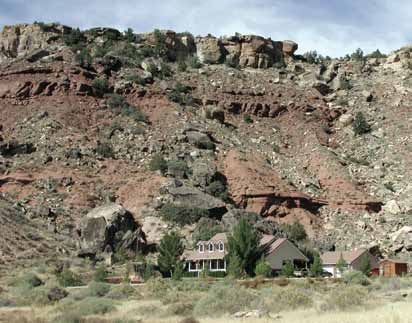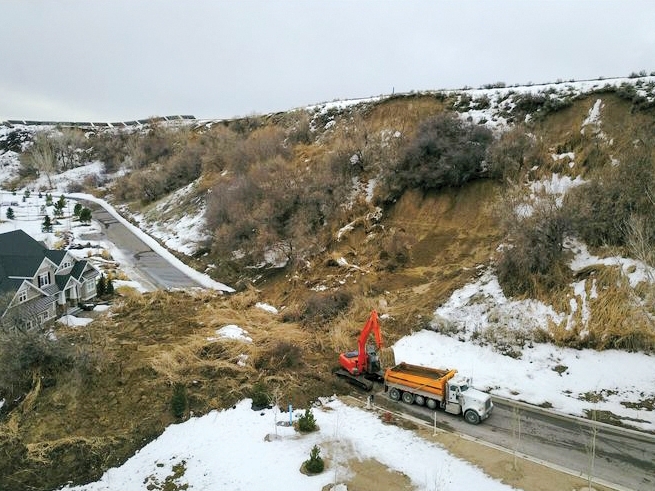Geologic Hazards
Geologic hazards are geologic conditions that may cause substantial loss or damage to property, damage to the environment and economy, health risks, injury, or even death. While many geologic hazards are not life-threatening, many are often costly when not recognized and properly accommodated for with land-use management and project planning and design. Failure to accommodate geologic hazards may result in additional, significant construction and/or future maintenance costs, economic losses, and injury or death.
Since 1850, at least 6,075 deaths and an undetermined financial cost have been attributed to geologic hazards in Utah.
Damages caused by geologic hazards are often not covered by property or other insurance. In almost all cases, it is more cost effective to investigate and characterize potential hazards and implement appropriate mitigation, rather than rely on additional maintenance over the life of a project and/or incur costly construction change orders and other financial costs. We can live and deal with geologic hazards by understanding what they are, where they exist, how large or difficult they are, and how to effectively mitigate them.
To ensure that future development within Utah is protected from geologic hazards, the UGS recommends that a comprehensive engineering-geology and geotechnical engineering investigation be performed by licensed professionals for all development. Such investigations provide valuable information on site geologic conditions that may affect or be affected by development, as well as the type and severity of geologic hazards at a site and recommend solutions to mitigate the effects and the costs of the hazards, both at the time of construction and over the life of the development.
Learn More About Geologic Hazards in Utah
Geologic hazards that affect Utah include earthquakes, landslides, flooding, problem soils and rocks, and volcanic hazards.
Hazard Resources


















